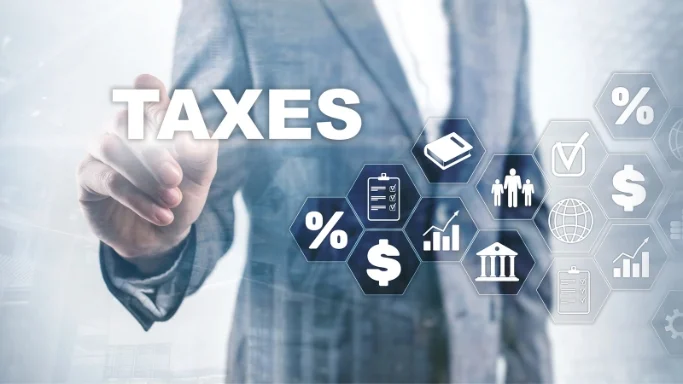
Making Tax Digital (MTD) Compatible Software
Understanding the implications of Making Tax Digital (MTD) and the role of compliant software is essential for any VAT-registered business. This comprehensive guide offers valuable insights into how MTD-compliant software can simplify your VAT returns, keeping you aligned with HMRC’s requirements.
What is Making Tax Digital (MTD)?
Introduced by HMRC, Making Tax Digital (MTD) is a government initiative to transform the UK tax system. The main objective is to make tax administration more effective and efficient. As part of the MTD initiative, VAT-registered businesses must maintain digital records and submit their VAT returns online using MTD-compatible software.
How Does MTD for VAT Work?
MTD for VAT applies to VAT-registered businesses with taxable turnover above the VAT threshold. Since April 2022, businesses must use MTD-compatible software to submit VAT returns. This software keeps VAT records in a digital format, enabling businesses to send VAT returns directly to HMRC.
The Role of MTD-Compatible Software
MTD-compatible software serves as the digital link between your business and HMRC. It enables businesses to keep digital records and submit VAT returns electronically. This software maintains records of sales and purchases and calculates the amount of VAT owed. Moreover, it assists businesses in preparing for Making Tax Digital by ensuring they remain compliant with the new tax system.
How to Choose the Right MTD Software
Selecting the right MTD software requires consideration of various factors. It should be HMRC-recognised, user-friendly, and capable of integrating with your existing systems. Look for software that offers features like real-time tax reporting, automatic data backup, and cloud accessibility. Such features simplify VAT return submission and enhance the overall efficiency of your bookkeeping process.
Making Tax Digital Software and VAT Bridging Software
There are two main types of MTD-compatible software: MTD for VAT software and VAT bridging software. The former helps businesses to keep VAT records and submit VAT returns to HMRC using MTD. On the other hand, VAT bridging software serves as a digital link between spreadsheet software and HMRC’s MTD platform, allowing businesses to file VAT returns seamlessly.
What’s Next? MTD for ITSA and Corporation Tax
HMRC plans to extend MTD to Income Tax self-assessment (ITSA) and Corporation Tax. From April 2023, self-employed individuals and landlords with business income over £10,000 per annum will need to follow the rules for MTD for Income Tax. They must use software to keep digital records and submit income tax updates to HMRC.
To summarise, ensuring MTD compliance is crucial for every VAT-registered business.
Key Takeaways:
-
- Understand the implications of MTD for VAT and the role of MTD-compatible software.
- Businesses must keep digital records and submit VAT returns electronically.
- Choose MTD software that is HMRC-recognised and integrates with your existing systems.
- Learn the differences between MTD for VAT software and VAT bridging software.
- Stay updated on the extension of MTD to Income Tax self-assessment and Corporation Tax.
By keeping these points in mind and leveraging the capabilities of MTD-compatible software, businesses can comply with the new tax system, streamlining their VAT return process and avoiding potential penalties.


Request a call back
Let us know when you would like us to call you back by filling in this form:
Our 5 Star Reviews



Latest News

Making Tax Digital 2023: MPs Criticise Delays and Complexity
Explore the challenges and impacts of the UK’s Making Tax Digital initiative, including delays and the cost burden on taxpayers.

Making Tax Digital: Small Business Review
Making Tax Digital Small Business Review 2023: Understanding the Basics and Preparing for Change Introduction to Making Tax Digital (MTD) Since 1948, Jack Ross Chartered

Making Tax Digital: The Rising Costs and Challenges
Making Tax Digital: The Rising Costs and Challenges Introduction Making Tax Digital (MTD), the ambitious initiative by HM Revenue & Customs (HMRC) to digitise the
